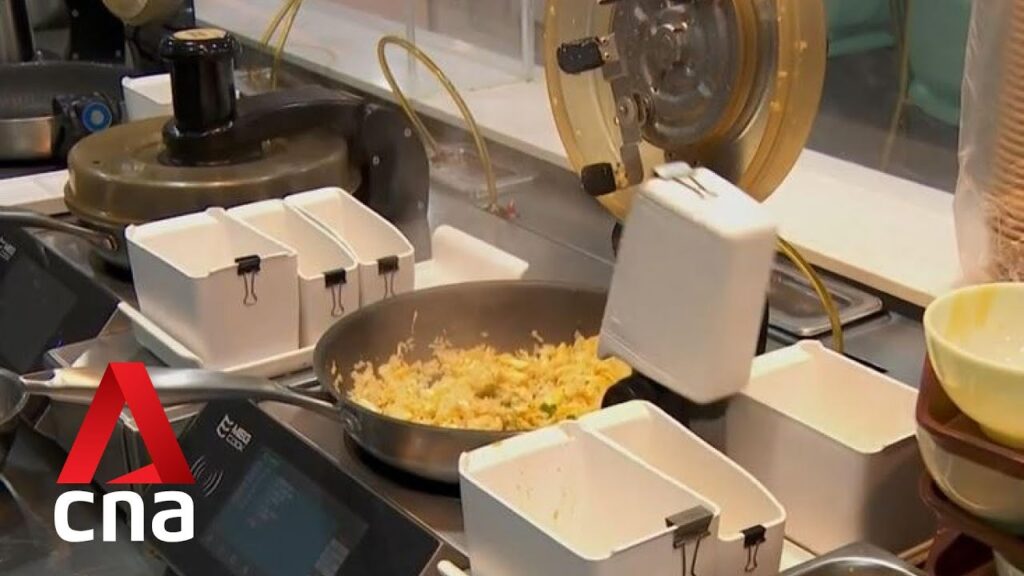Imagine a world where jobs in the food and beverage industry, such as waiters and dishwashers, have become a thing of the past. This may seem like a far-fetched idea, but with the rapid advancements in industrial automation and robotics, it could become a reality sooner than we think.
Industrial Automation Robots are revolutionizing various sectors, and the F&B industry is no exception. These robots are designed to perform tasks traditionally carried out by human workers, resulting in increased efficiency and decreased labor costs for businesses. From food preparation to serving and cleaning, robots can seamlessly handle various roles within the industry.
A look at automation and robotics in the F&B sector reveals the multitude of ways in which these technological advancements are transforming the industry. Let's delve deeper into this exciting revolution and explore the benefits and potential challenges that come with it.
One of the primary advantages of using industrial automation robots in the F&B industry is increased efficiency. These robots are capable of working tirelessly, without the need for breaks or rest, ensuring a constant workflow and faster service. Imagine a busy restaurant filled with patrons, and instead of waiting for a waiter to take their order, customers can place their orders through a user-friendly interface on the table. The robot chefs and kitchen assistants would then prepare the dishes with precision and accuracy, ensuring consistent quality.
In addition to efficiency, industrial automation robots also offer improved accuracy and precision in food preparation. These robots are programmed to follow specific recipes and measurements, ensuring that each dish is prepared with the same level of precision every time. This eliminates human error and ensures that customers receive the exact meal they ordered, without any deviations.
Furthermore, the use of robots in the F&B industry reduces the dependency on human workers, subsequently leading to decreased labor costs for businesses. With rising minimum wages and labor shortages being a challenge faced by many establishments, automation provides a viable solution. By incorporating robots into their operations, businesses can optimize their resources while maintaining high standards of service.
However, as with any major technological advancement, there are some potential challenges that come with the integration of industrial automation robots in the F&B sector. One such challenge is the initial investment required to implement these technologies. While the long-term benefits may outweigh the costs, smaller businesses might struggle to afford the necessary equipment and training.
Another concern is the potential displacement of human workers. While automation can greatly enhance efficiency and productivity, it also raises questions about job security for those currently employed in the industry. It is crucial for businesses and policymakers to address these concerns and develop strategies to ensure a smooth transition and reintegration of the workforce.
Despite these challenges, the future of the F&B industry looks promising with the integration of industrial automation robots. As technology continues to advance, we can expect further innovations and improvements in the capabilities of these robots. The possibilities are endless, ranging from robotic bartenders and automated delivery systems to fully autonomous restaurants.
In conclusion, industrial automation robots are on the brink of transforming the food and beverage industry. With their ability to increase efficiency, improve accuracy, and reduce labor costs, it is conceivable to imagine a world where jobs like waiters and dishwashers have become obsolete. However, it is essential to carefully navigate this transition to ensure a harmonious integration of technology and human workers. The future holds great potential for the F&B industry, and it is up to businesses, policymakers, and society as a whole to embrace these innovative changes and shape the future of our culinary experiences.
Industrial Robot
Exploring Automation and Robotics in the F&B and Industrial Sectors


